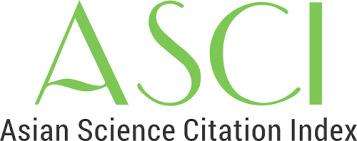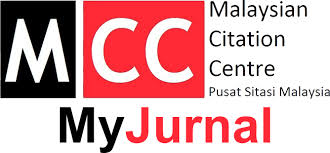THE INFLUENCE OF SATIRICAL COMPOSITION IN THE DEVELOPMENT OF CONTEMPORARY CHINESE FIGURATIVE PAINTING
Abstract
Abstract: This study examines the evolution of image composition and its influence on contemporary figurative painting in China from 1989 to 2005, focusing on the interplay between social changes and artistic innovation. Through the works of key artists such as Zhang Xiaogang, Yue Minjun, Zeng Fanzhi, Fang Lijun, and Wang Guangyi, the paper identifies significant innovations in visual principles, compositional techniques, and symbolic representation. Artists from this period merged traditional Chinese aesthetics with Western modernist techniques, creating a distinctive visual language. New compositional strategies like symbolization, fragmentation, and multiple perspectives broke traditional boundaries, offering new ways to address complex social issues. The study also explores how these artists used symbols of politics, culture, and identity to construct layered visual narratives, reflecting China’s rapid societal transformation and the challenges of cultural identity in a globalized context. This research offers a comprehensive view of the development of Chinese figurative painting during this critical period, presenting a new theoretical framework for understanding Chinese contemporary art within globalization. The findings contribute significantly to the study of Chinese art history, fostering cross-cultural dialogue and illuminating the dynamic relationship between art and social change, while also highlighting the role of satirical composition in reflecting societal tensions and cultural conflict.












